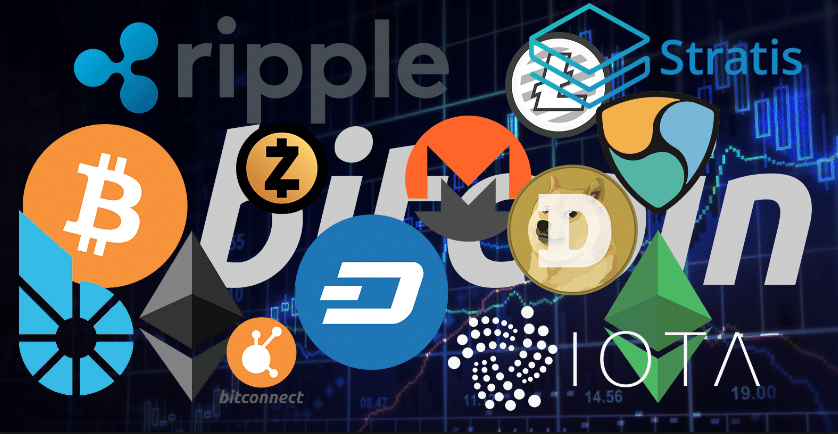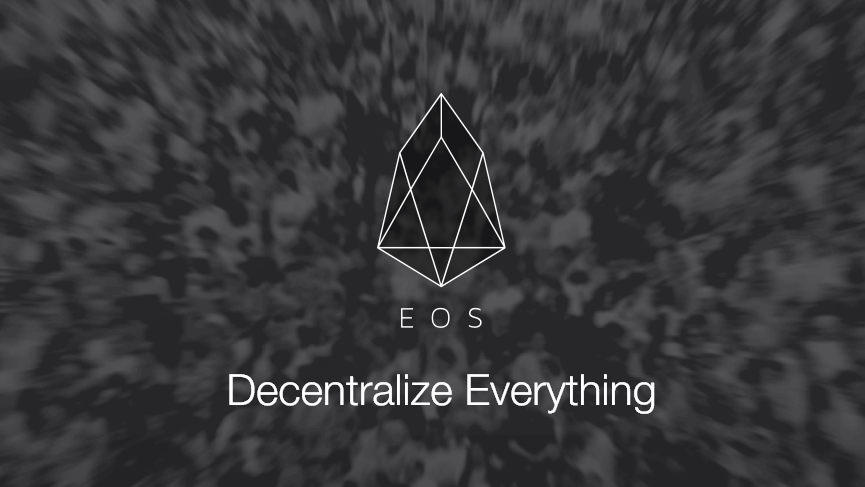Altcoins That May Rise Substantially By 2018
Altcoins That Showed Promise Then and Now
Cryptocurrencies have come a long way since Bitcoin first launched. At its peak in 2021, Bitcoin soared to nearly $70,000, a huge leap from its modest beginnings in 2009. If you missed out on Bitcoin's early growth, you may have considered investing in alternative cryptocurrencies, or "altcoins." Altcoins offer varied use cases and potential, though they carry risks similar to Bitcoin's early days.
There are now thousands of altcoins, with some fading away and others adapting over time. Here’s a look back at a few promising altcoins from earlier years and their evolution today. (Note: This article is for informational purposes only, not financial advice. Cryptocurrencies are highly volatile; invest responsibly!
1. Golem (GNT)
In 2017, Golem was developing a decentralized supercomputer platform on Ethereum, allowing users to rent out unused computing power. The vision was ambitious, aimed at tackling resource-heavy tasks such as rendering, scientific research, and big data analysis. Users could earn GNT tokens by leasing their computing power.
Today: Golem’s technology has advanced, and its team continues to expand the platform’s applications in fields like machine learning and scientific computing. Golem’s token (GNT) was later replaced by GLM, and the project has shifted towards new use cases with updated infrastructure. Investors interested in the decentralized computing space still keep an eye on Golem, but competition is growing with other blockchain computing projects.
FunFair (FUN)
Originally launched to bring transparency to online gaming, FunFair aimed to offer a safe and fair blockchain-based casino. By leveraging blockchain, the platform allowed users to gamble transparently with fewer chances for fraud. Back in 2017, it was a novel concept that gained attention due to the increasing demand for secure digital entertainment.
Civic (CVC)
Civic (CVC)
Civic introduced a decentralized identity verification system, aiming to reduce the need for traditional login credentials by offering a secure, password-free identity service. Its founder, Vinny Lingham, saw potential in leveraging blockchain to protect user identities while making multi-factor authentication easier.
Today: With the rise of Web3, identity verification remains a crucial issue, and Civic continues to adapt its platform. Civic now focuses on self-sovereign identity solutions for Web3 and NFTs, aligning with the demand for privacy-preserving technologies. However, numerous other projects are now developing similar services, which has diversified the market.
EOS (EOS)
EOS made waves in 2017 with its high-profile ICO, raising billions to develop a scalable platform for decentralized applications (DApps). EOS promised high transaction throughput, low fees, and a developer-friendly environment. It was a favorite of many blockchain enthusiasts at the time.
Today: EOS faced some challenges in living up to its initial hype, with mixed feedback from the developer community and users. However, EOS has continued to build and adapt, focusing on scalability and attempting to compete with other DApp platforms like Ethereum, Solana, and Binance Smart Chain. Those considering EOS should be aware of its competition and the evolving DApp ecosystem.
Bytecoin (BCN)
Bytecoin (BCN)
Bytecoin, an early privacy-focused cryptocurrency, used CryptoNote technology to offer anonymous transactions. Privacy coins like Bytecoin and Monero were popular for those who valued confidentiality in transactions.
Today: Bytecoin has faced competition from other privacy coins such as Monero and Zcash, which have also evolved their technology. Privacy coins remain a controversial yet valued sector of the crypto market. Bytecoin’s original appeal may have shifted, but its legacy lives on as newer privacy projects build upon similar principles.
Other Notable Altcoins Then and Now
Several other altcoins showed potential in 2017, such as Ripple (XRP), Cardano (ADA), and IOTA (MIOTA). While some of these projects have become major players, others have faced challenges in delivering on their promises or evolving with the market. The altcoin market continues to grow, with new innovations appearing regularly
Buying Cryptocurrencies: Then vs. Now
Back in 2017, buying crypto was limited to a few exchanges and often required multiple steps. Today, the process has become simpler with many more exchanges, fiat-crypto gateways, and user-friendly wallets. Platforms like Coinbase, Binance, and Coins.ph offer easy ways to purchase crypto with local currency or credit cards. However, as always, keep security and fees in mind.
Final Thoughts: Altcoin Investment Tips
As we’ve seen over the years, cryptocurrency is highly volatile. Altcoins that seemed promising may experience tremendous growth or lose popularity over time. Researching each project, staying updated on market trends, and being cautious with investments are essential. Remember, don’t invest more than you can afford to lose, and diversify your holdings if you choose to enter the altcoin market.
Disclaimer: This article reflects historical data and should not be considered investment advice. Cryptocurrency markets are unpredictable; any investment involves risks, and it’s crucial to do your own research and seek professional financial advice if needed.






No comments:
Post a Comment